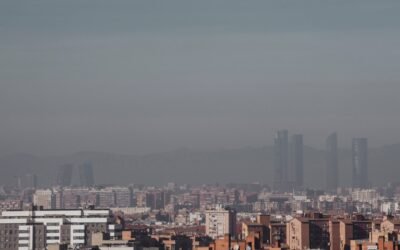Air quality and environmental justice are deeply intertwined, directly impacting the lives of vulnerable communities worldwide. This post focuses on the challenges and solutions at the intersection of air quality management and social equity, highlighting how certain populations are disproportionately affected by poor air conditions.
Key Takeaways
- Disproportionate Effects – Vulnerable populations face higher exposure to pollutants.
- Policy Initiatives such as the Justice40 aim to remedy inequalities in air quality.
- Community Empowerment – Tools and education enable communities to monitor and act.
- Health Impacts of air pollution are significant and can lead to chronic diseases.
- Innovative Urban Planning – Future cities could feature integration of green technologies to improve air quality.
Table of Contents
- Understanding the Link Between Air Quality and Environmental Justice
- Policy Initiatives and Their Impact on Air Quality
- Effects of Air Pollution on Health and Community Well-being
- The Road to Equitable Air Quality Solutions
- Empowering Communities for Environmental Advocacy
Understanding the Link Between Air Quality and Environmental Justice
Environmental justice advocates have long pointed out that poor and minority communities often bear the brunt of air pollution. These areas are frequently situated near polluting factories, busy roads, or lack the infrastructure to combat pollution effectively.
Policy Initiatives and Their Impact on Air Quality
Sweeping policy initiatives are key to rectifying injustices in air quality exposure. Notably, the Justice40 Initiative aims to ensure that 40% of the benefits from federal environmental investments flow to disadvantaged communities.

Further Reading
For more insight on global air quality strategies, visit Effective Air Quality Strategies That Work.
Effects of Air Pollution on Health and Community Well-being
Poor air quality significantly impacts health, leading to asthma, lung cancer, and cardiovascular diseases. These issues are exacerbated in communities with limited access to healthcare or living near major pollution sources.

The Road to Equitable Air Quality Solutions
For a sustainable and equitable future, urban planning must integrate clean technologies. Innovations such as vertical gardens, eco-friendly public transportation, and advanced air purification systems represent the forefront of this transformation.

Empowering Communities for Environmental Advocacy
Empowerment through education is critical. Community workshops that educate residents about their rights and available technologies can drive change from the grassroots level.

Conclusion
In conclusion, integrating air quality improvements within the framework of environmental justice not only alleviates health burdens but also ensures a fair distribution of clean air benefits across all communities. By supporting policies, increasing community empowerment, and innovating in urban design, we can make significant strides toward cleaner air for everyone.
To support Bhumi’s initiatives, explore more articles, get involved, or contribute by visiting our donation page.




